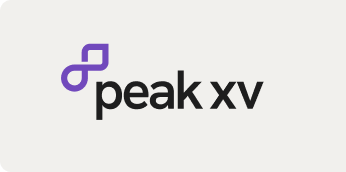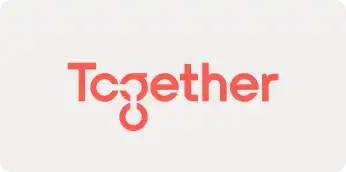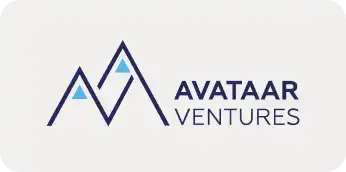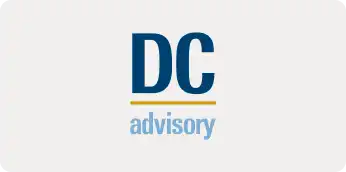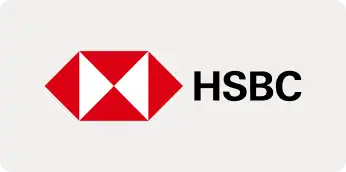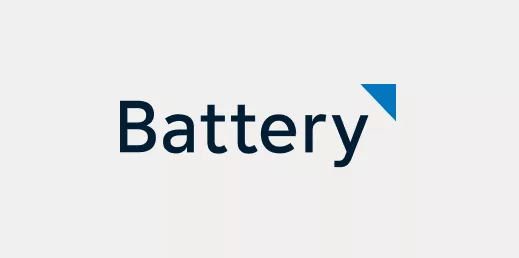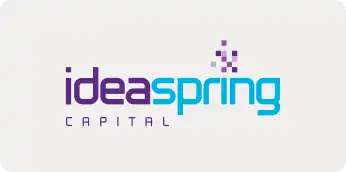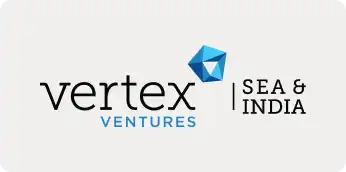As we prepare for SaaSBoomi Annual ’25, one question comes to the centre. How much of the content should be about AI? We had differing opinions. We then ran a survey with founders. The verdict was that 90% of the content should be about AI and how to understand the opportunities. There was also a fear of missing out and the apprehensions about what this transition could mean to our companies.
Is AI really a threat to SaaS or an opportunity for Indian tech founders? Are we myopic in thinking about this shift in a pure tech platform sense? Is this the biggest ever opportunity given to India to not just build a trillion-dollar product nation but become a leader of the emerging new world order? Can we run the world’s factories?
I believe our ambitions betray the opportunities ahead. We are afraid of being driven to oblivion, of the darkness of the doomsday scenarios constantly in our faces. But it is only in the dead of night we can spot the stars – the brightest and the faintest. Are we ready to not just face but embrace and win in the New World Order?
SaaS and Software itself made no difference to productivity
In the golden era of enterprise software, cloud, and Saas, we should have seen a steep rise in productivity aka Output:Input across all industries. But the ‘Total Factor Productivity’ (TFP) of American Manufacturing tells a different story.

In the golden era of enterprise software, cloud, and SaaS we should have seen a steep ‘J’ curve in TFP. But it is as flat as your mattress. The next time you say selling SaaS to primary industries is hard, just remember that we did not add value.
Total factor productivity is calculated by dividing an index of real output by an index of combined units of labor input and capital input.
What we see in the graph is what I see in the reality that exists outside tech. In my current day job, I get to speak to a variety of executives across industries. I speak to Mayors of cities who are tired of SaaS and bleeding dollars to large ERP vendors. They don’t need software but something that just gets things done. I got to interact with third-generation customs brokerage companies in South Asia. Their teams could barely use spreadsheets. They clear billions of dollars of trade every month. But the promise of productivity ‘J curve’ never touched them. If anything, across primary industries the TFP is flat as a mattress.
Software was magic but only inside our echo-chamber. AI is true, objective magic.
Software is a management tool. We sold it like it was magic. Companies bought it like it was magic. In the end, we sold CRMs and Ticketing Software with no understanding of how the core of each industry works. It is no surprise that 80% of Indian SaaS companies build management tools.
Management tools are like the quality systems of Toyota. They are not magical. It takes ages to even understand if it is working. Most companies fail at it. Once it works everyone adopts it. The industry transforms over decades and no one is left behind.
AI is different. It’s a General Purpose Technology like the railroad. Horses went out of business immediately. SaaS is the old horse. Every industry will demand its own version of a railroad and not better horses. A new world order is forming. Ones who don’t recognize this will fall behind.
This General Purpose Technology touches the heart of every industry. It makes doctors diagnose better; Mayors issue permits faster; Brokers move containers out of the ports quicker. It changes the way work is done. AI makes workflow, while ERPs put check dams to work in the name of digital forms and approvals. The iPad replaced paper but didn’t make machines self-report upcoming maintenance issues. Machines didn’t tell a vendor that consumable parts need to be ordered. Humans did and then reported it on ERPs.
The best way to improve a process is not to sell project management software that manages the people who do the process. That is simply telling what to do and reporting what is done. With AI, businesses can truly get things done. The world is moving from user (seats) to usage (adoption) to usefulness (outcomes) as a yardstick for what value software is adding.
Each of our markets is doubling. Every market leader is vulnerable.
I compared labor spend in some white-collar industries against Gartner’s estimated software spend in the same industries.

I only picked the top Indian IT services companies and their top 5 verticals. How many billion-dollar revenue SaaS companies have we built in Energy, Manufacturing, Retail/CPG, and Life sciences? There are hardly any.

All of these ‘unicorn’ business units know every process in every client industry and the people who run these businesses are living in your apartment societies. They know value-based pricing. They have sold one $50M per quarter for 10 years now. Heck, I started my career working with the ‘large deals group’ in one of these companies and that was 20 years ago! They know outcomes and SLAs. That’s their world. In SaaS, we know how to build world-class products and sell them out of India with inbound machines. It is time to play to our combined strengths. It is time to build together and partner to win markets.
Advantage India
The Indian Advantage in the new world order is that we have the skills to build and sell; we have client knowhow where we live; and we know how to put tech, labor, and pricing models to work together and win multi-billion dollar deals.
In the new world order where every industry will change and no one has a special advantage, Indian SaaS should stake a claim for the ‘Service as software’ opportunity. It is a ‘multi-trillion dollar opportunity unlock.’ We should build in partnership with our IT services counterparts. We should sell combined ‘managed agentic services’ to every industry.
Here is an example: Take the case of the government. There is a rallying cry to make the government efficient. Today citizen focused help desks process tickets. The resolutions trigger workflows across departments. Neither ERPs nor Helpdesks focus on outcomes. There are dozens of cases that each demand their own set of workflows. A ‘one-size-fits-all’ product approach won’t work. An outcome-first approach starts with process understanding, re-engineering, and custom-configured AI & software workflow rollout. This is the opportunity. As SaaS founders, we were happy to wash our hands off by providing system interoperability through APIs, without considering if the end outcome was ever achieved. We had a convenient excuse that taking care of the outcome means that we do professional services and that it won’t scale and not at good margins anyway. Guess what, if you don’t do it someone else will.
The game has changed. The rules aren’t the same anymore. The leaders are vulnerable. The ones stuck in the past are at risk.
A new order is emerging. There will be new leaders. New rules. It’s a new game.
Are you ready? Ready for the New World Order?
One last thing: Leave behind your safe, horizontal SaaS cocoon. It does not exist. There is a far bigger opportunity – one which we have every right to win. Let’s discuss the opportunities ahead of us – in specifics. Head over to Chennai on the 24th, 25th, and 26th of March. The SaaSBoomi Annual ’25 is about this new world order and the advantages Indian SaaS has.













